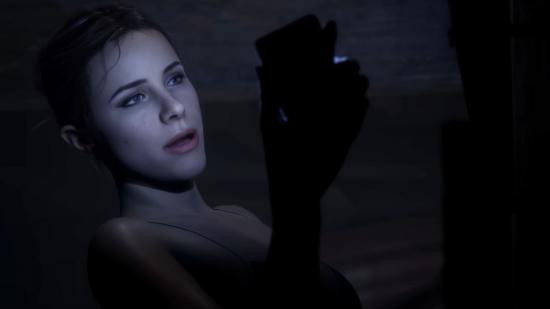The Quarry has a deep interweaving web of choices and decisions that can drastically affect how the game ends and who survives by the time the credits roll. And, when you do happen to stumble and witness a character’s death you can make use of The Quarry’s Death Rewind system.
The Death Rewind System allows you to roll back to where the decision you made led to that character’s death. These can be just a few minutes before, such as if you fail a number of Quicktime events, or hours in the past where a dialogue choice ultimately led to the demise you just witnessed.
It is an impressive and deep system that resolves some of the issues that existed in Until Dawn and The Dark Pictures games. But, if you are keen on an overview of the system, check out the rundown of The Quarry’s Death Rewind system.
The Quarry Death Rewind system
The Quarry’s Death Rewind system allows you to reverse time and go back to the previous decision which led to the character’s death you just witnessed.
These can be any significant dialogue option or one of the choices you make that changed the paths in the game. As some deaths happen hours after the choices you make, the game will rewind you back to that point in the game, even if it is multiple chapters in the past.
Once this is done, you will be forced to play through the game again from the point you have returned to. You cannot use chapter select or skip back forward and have the decision take effect.
Supermassive is working on an update which will make these warnings much clearer so players don’t find themselves losing out on hours of progress. However, there isn’t a timeframe yet for when this update will arrive.
That covers our overview of how The Quarry’s Death Rewind system works. For more help with the game’s conclusions to storyline read our guide on the paths in the game and the two main The Quarry endings. Our The Quarry tips and walkthrough also has all our guides on the game.
